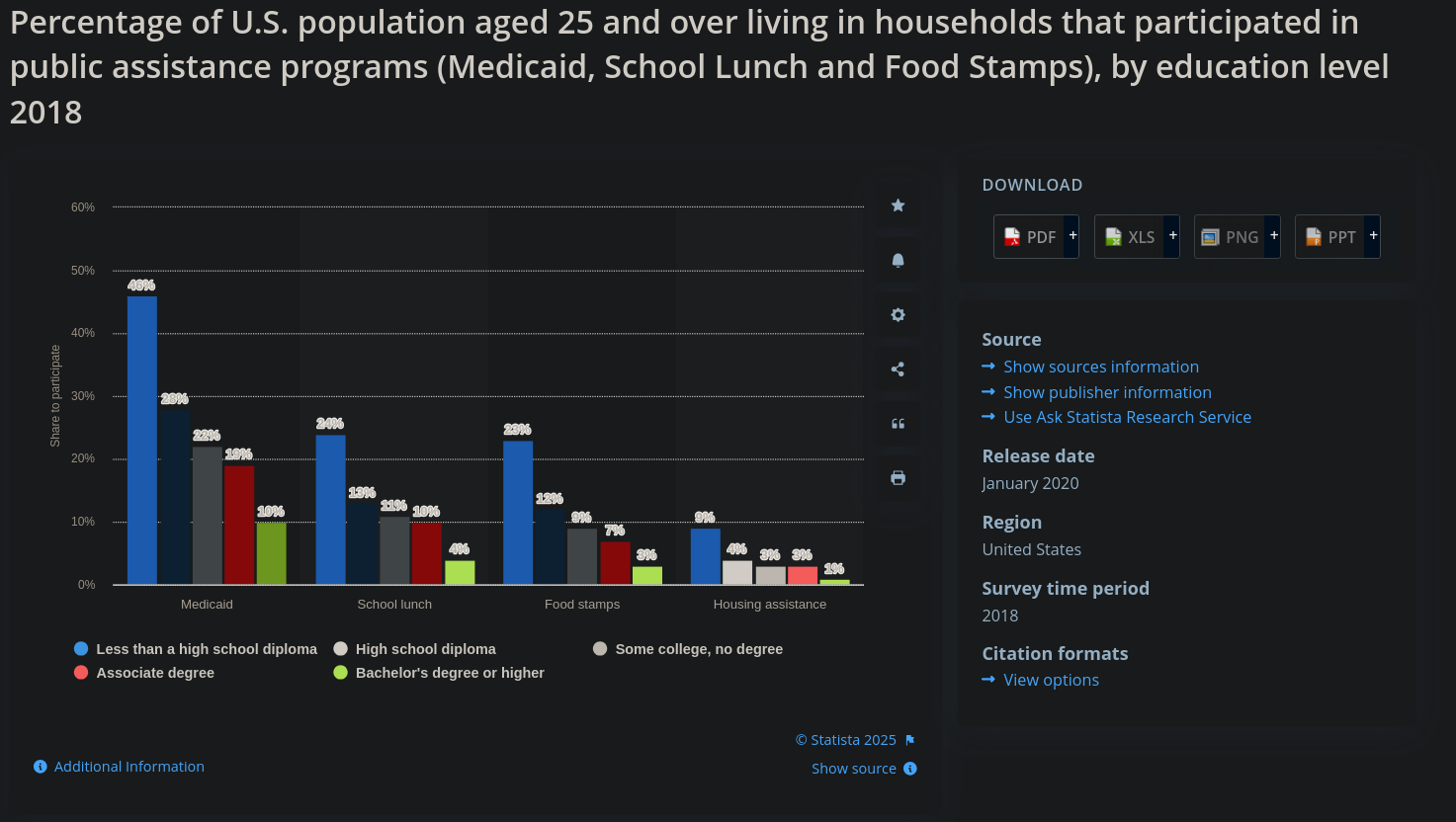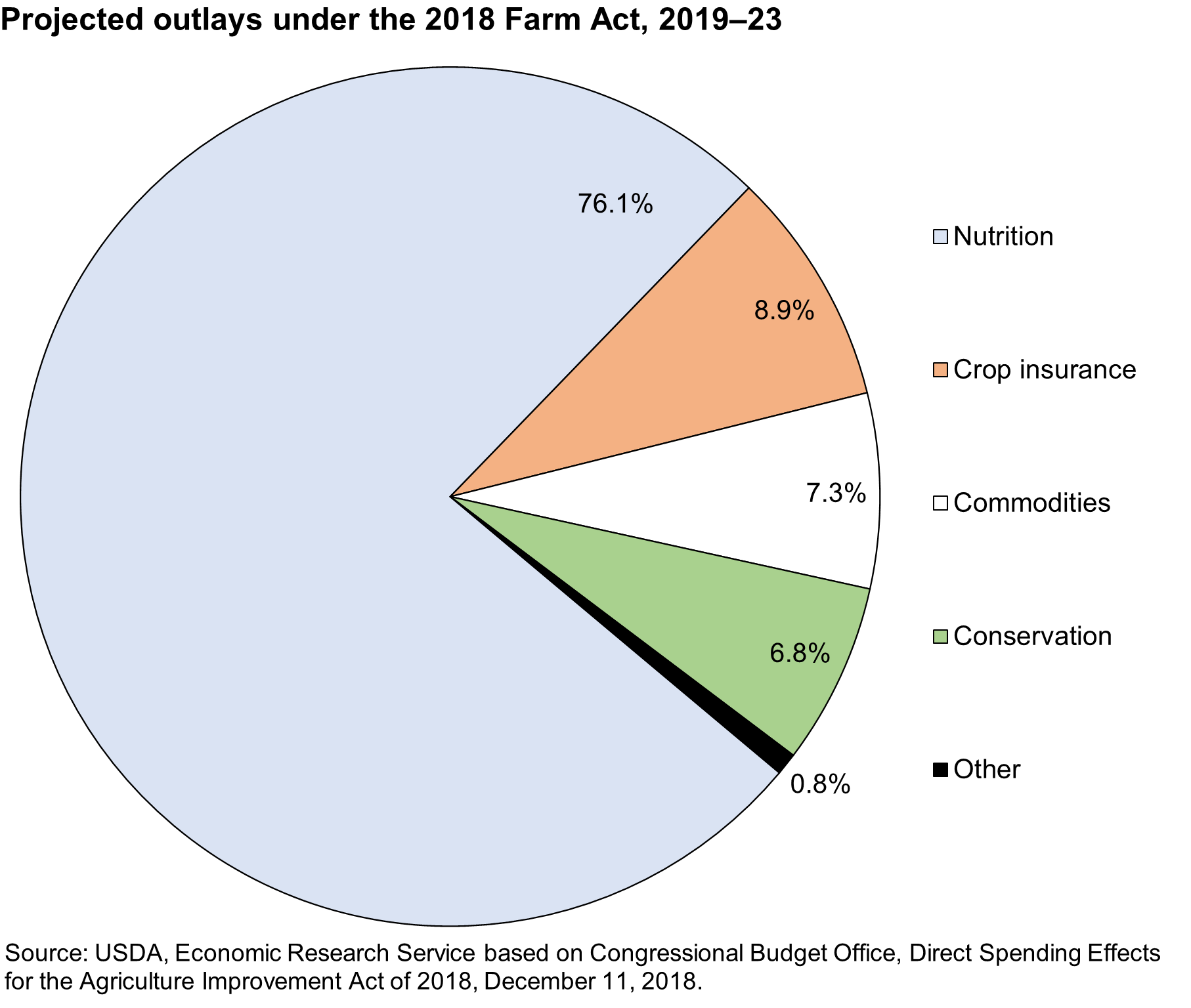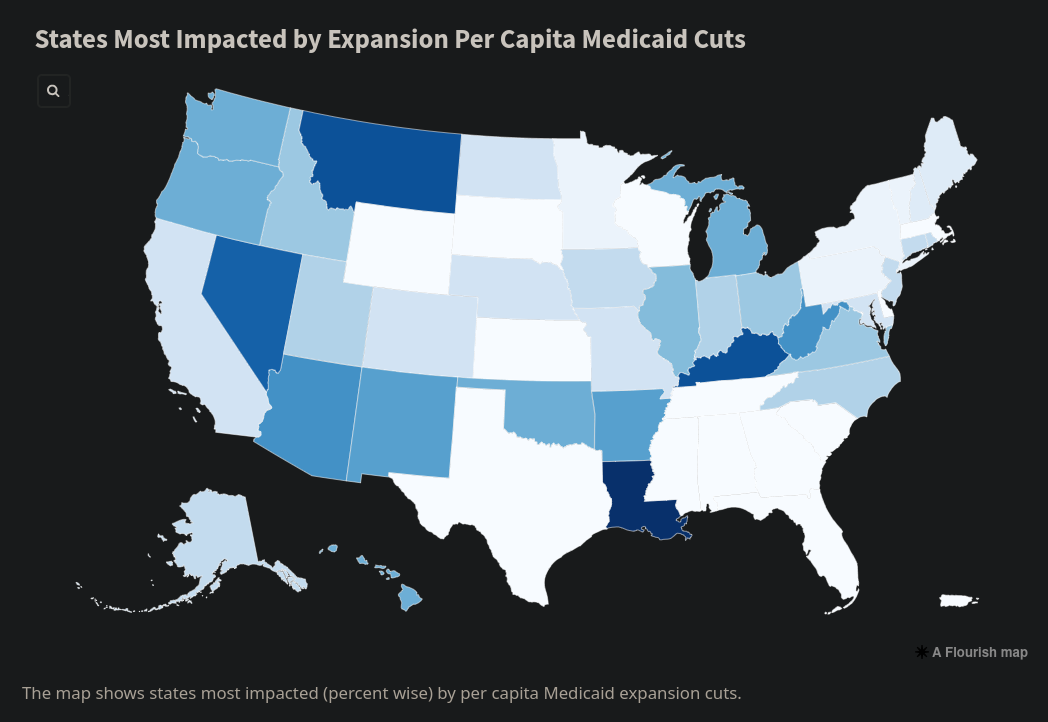The article certainly implies that this relates to AI, but doesn't really provide support for that. Intel dominates all of the numbers here by an enormous amount, and I'm very skeptical that Intel layoffs are because they were able to automate positions
Intel just went through an absolutely catastrophic two generations of CPUs that destroyed themselves and then fell behind schedule on fabs.
Intel is laying off over 15,000 employees and will stop ‘non-essential work’
After losses, the chipmaker is cutting $10 billion in costs.
Also, while I'm not saying that a South African news source couldn't provide reasonable US business coverage, it probably wouldn't be the first place I'd look.

















Unless this is some sort of...I don't know, metaphorical commentary on Brexit or something, I'm not sure that this community is the right place for this post.